|
Extended side angle pose (Utthita Parsvakonasana), to me, is a foundational pose but receives little attention compared to its sister Warrior poses. Officially, not a warrior pose it has the markings of one (such as the bent knee like in warrior II) except for the side bending. It was an enlightening pose this week, which follows the past two weeks' pattern of bending (forward and side). To be honest, I had a major release (physical and emotionally) with extended side angle pose this week and I don't totally get why. Was it from the hips? Apparently, releasing the hips can be an emotional experience but I have no reference or source to date. Is it the place of tension that rarely gets a break? Probably. Especially as a pregnant women. Yes! I really like this pose for my pregnant body. It focuses on single leg strength and opening of the side body among opening the hips. One of the things I want to maintain is my leg strength. After sitting for many months nursing with my first child, my legs atrophied to a point where my pants were hanging off me. Muscle tone and strength were gone. So, continually working on leg strength now and once baby arrives is key for me. Also, in the past couple weeks I've been stretched (read: my belly has popped). And the sensation it brings is very bizarre. It's like the pressure of the abdominal cavity is increasing and my skins elasticity is not ready for the stretch. So a dull ache. Extended side angle pose is fantastic for stretching the areas of my torso that have been under such pressure. *sigh* Note: That's not me…yet. Nor have I ever seen something like this before!
0 Comments
It's been balmy if not tropical here in Edmonton this week. And all I think about is the crystal blue waters of the ocean rather than the brown ripples of the North Saskatchewan river! It seemed fitting in this week's practice that I dabble in dolphin (Makarasana) pose, which makes me think of visits to southern climates or tours on a cruise. One of the coolest things I've ever seen is a large pod (yes, this is what a group is called) of dolphins swimming in the waves next to the cruise ship I was on. Such lovely animals that glide effortlessly in the water. Now, my dolphin pose may have not been effortless or lovely this week BUT I gave it a try! Initially, I had thought dolphin pose was a variation of downward facing dog. However, with further exploration I soon realized it is actually a precursor to a inversions such as a headstand. The amount of force applied to the upper body, particularly the upper back musculature, is tremendous (try holding the pose for a while!) So, when you don't feel like trying an inversion, dolphin pose might be just the next best thing. According to Yoga Journal, the benefits of dolphin pose are:
Furthermore, in Timothy McCall's book, Yoga as Medicine, it is recommends to do dolphin pose when one has carpal tunnel syndrome as there is less pressure on the wrist and the weight of the body can be held up by the forearms. I have rarely done this pose in practice. But from what I've found, it has great value. It might be my answer to inversions for now. As you may have noticed, I've never written about them yet! I hope dolphin pose will help me move into inversions effortlessly, LW The more I practiced yoga, the more I find areas of my body that have been neglected. Three previous car accidents have left my cervical spine (neck) in a bit of disarray. My focus has been on my hip and back for years and the neck just didn't get the well-deserved attention that it needed. Lately, I've been working on limbering up my neck as the pain and tightness has increased. More formal treatment through chiropractic and physical therapy have been my main forms of repair; however, I've started to be watchful of my neck during my yoga practice and day to day activities. Much similar to my focus to stand straight! This past week I borrowed the book, Yogabody: Anatomy, Kinesiology, and Asana by Judith Hanson Lasater, from the library and the first chapter I jumped into was the neck. I found two very interesting things in the chapter. The first being how the cervical spine rotates and the second being a safety precaution that is a "need to know" for an aspiring yoga teacher. Here are the details. 1. The General Rule of Side Bending and Rotation of the Cervical Spine The Hanson Lasate writes: "In the cervical region, side bending and rotation occur to the same side, regardless of the position of the cervical spine at the beginning of the movement. For example, when you side bend to the left, the bodies of the vertebrae also rotate to the left. In other words, as the bodies rotate right, the spinous processes [rear portion of the vertebrae] are pointing left." Photo Credit: Yogabody: Anatomy, Kinesiology and Asana I contemplated this idea for some time by palpating my spine and bending and rotating. The really great thing about this book is that each chapter ends with suggested asanas to try. This chapter ended with triangle pose (Utthita Trikonasana) which was interesting to explore. As the body rotates to the right in triangle pose, the natural tendency is to have the cervical spine body rotate to the right as well. Yet, in this pose the face is cued to look upwards and thus, the cervical spine is rotating in the opposite direction. Hanson Lasate writes: "We can override this law by purposely choosing another action. But it is likely that when we do, there may be discomfort." That's why my neck feels so awkward in triangle pose. Interesting! Next time in triangle pose, I'll listen to my body and look forward or down once the neck starts to ache. 2. Caution: Protect the Vertebral Artery As I was reading the chapter, I came across a crucial safety precaution when moving the cervical spine in asanas. Hanson Lasate writes: "The movement of the cervical spine can directly affect the blood supply to the brain. This artery [the vertebral artery] can be occluded [blocked] by a combination of rotation and extension...if you rotate to the right and backbend to the right you can occlude the right vertebral artery." This makes total sene when yoga teachers are cueing a seated spinal twist. They always say keep the chin parallel to the floor because if I extended my neck backward, I would block off my main artery to my brain. A key thing for me to know when I begin to teach!
So, the neck, as many other areas of life, needs some attention. And it will be getting the care to reduce its irritation in the upcoming days and practice. LW I've alluded to in previous posts about when I started yoga and why I took on a practice. It was after an major impact injury (a running collusion and a resulting fall onto a cement floor) that propelled me (and my parents) to find whatever mode of therapy to help with my back pain and injury. After years of various rehabilitation treatments, I had thought I'd got my back (and hip) to a place of health and maintenance. I soon realized that after years of compensating I wasn't standing straight. The picture below is a prime example of how I use to stand. It wasn't until I saw this picture that I realized I'm not standing straight even when I think I am. Note: Left leg slightly externally rotated and such a wide stance! April 2006 Mountain pose (Tadasana) has been an excellent pose to work on my foundation and stance. Even outside of yoga classes, I have been consciously thinking about standing straight (washing dishes is a prime time when I can really go back to my old stance!). Mountain pose seems like such an "easy" stance but in fact it is one of the hardest poses for me. Not only do I stand crooked but I also have hyper mobility in my knee joints whereby I hyperextended and lock out my knees frequently. This isn't conducive to proper mountain pose positioning. One of the key points of mountain pose that I learned from Judy, was weight distribution on my feet. This has allowed me to stand properly. Have you ever tried to equal distribute your body weight to your pinky toe, big toe and heel (think of it as a triangle - similar to the picture below)? I rarely allowed my pinky to take on any of the load! Now it is the triangle I think about when standing and particularly when practicing mountain pose. The benefits of yoga have been many over the years and it is likely that this is one of the greatest benefits for me. I am by no means completely straight all day every day but I know my foundation has been improved. Who knew standing upright would be so hard!?! Standing straight (most of the time), LW I'm a Leo. Born in August of 1980. Do I ever roar like a lion? I think my husband would say "yes" particularly when it comes to things I'm passionate about but on the general day I don't think I have too much bark. Well, in my practice this week, I roared...or at least tried to. Lion pose (Simhasana) is a unique pose that also includes both sound effects and scary facial expressions. You'll know it if you've done it before because it is one you won't forget. Initially scrunching your face (eyes, nose, mouth, forehead creases) and then releasing the tension with wide eyes and wide open mouth - tongue sticking out! - the roar is let loose. What's with this, in my opinion, obscure pose? It's kinda bold and loud but there must be some benefit to this pose. I remember back in my university level yoga class (yes - I have it on my transcripts!) and all of the students (including me) were too shy to make much noise when we were directed to perform it. Now with an infant I make noises day in and day out so there was no problem with me trying out this pose fully! Hear me roar! So my task this week was that I just had to look into the details of this pose more closely. Here's what I found: Lion pose is classified as a basic kneeling jaw stretch. Well, of course it's a jaw stretch. Sometimes I forget all the muscles the body actually has since I tend to focus on larger muscle groups both in my workouts personally and with clients. Funny I should say that as in the book Yoga Anatomy it states "[lion pose] stimulates and releases a host of often overlooked muscles". Just what I was saying! The strong lion roar activates the "three diaphragms" - thoracic, vocal, and pelvic - with particular focus on the platysma muscle that fans the front of the neck. This pose keeps the skin on the front of the neck firm as we age (non-surgical facelift option!) The Yoga Journal website states that traditional texts indicate that lion pose "destroys disease and facilitates the three major bandhas (Mula, Jalandhara, Uddiyana)." Bandhas? Not sure what they are but more to explore for another day! Overall, after further investigation, there is more to lion pose than what meets the eye. Keeping ones face and neck limber and stretched can only be a positive thing especially in a world where we can carry much stress in those areas. Regardless, if you are a Leo or not, in the privacy of your own home or local yoga class, give this pose a try. For an extra kick, try it in front of a mirror! LW Photo credit: Medici Lions in Florence, Italy. I took this picture on my honeymoon in 2008. This statue is circa 1600.
|
Aspiring Yoga TeacherI've practiced yoga since I was a pre-teen and have always found it to keep me centered. I will be a teacher one day and this is my journey to discover teaching and practice. Archives
April 2019
Categories
All
|
Edmonton, Alberta
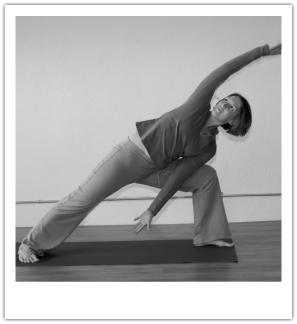

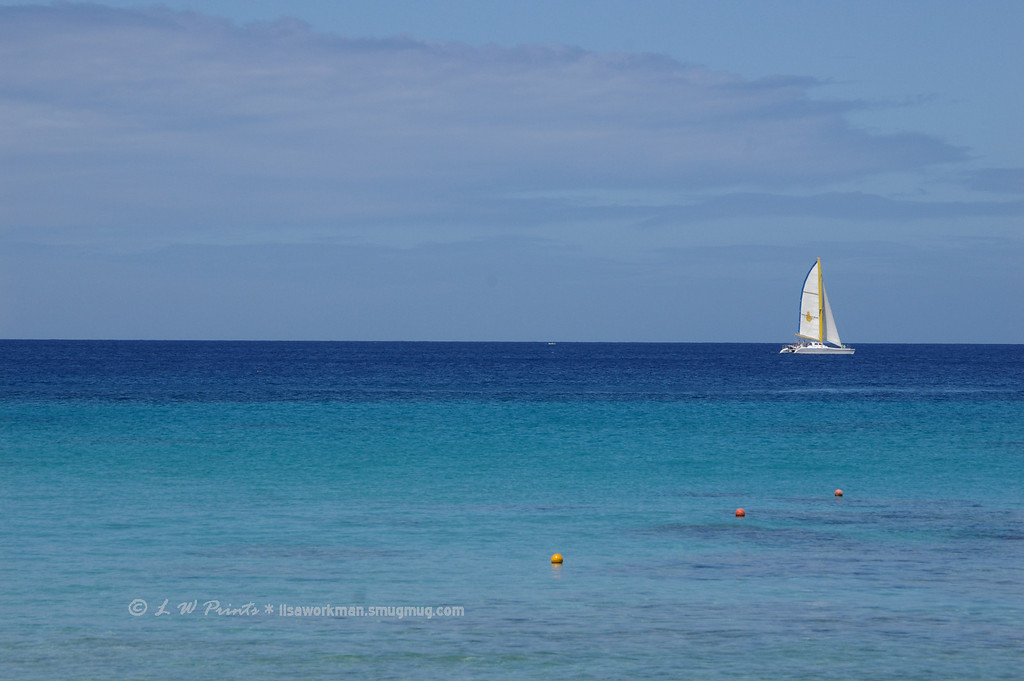
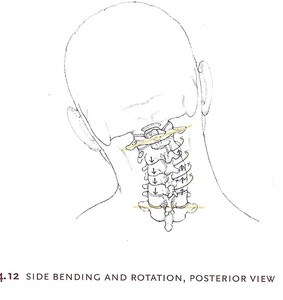

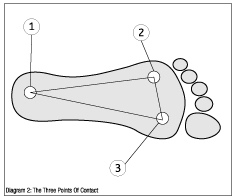
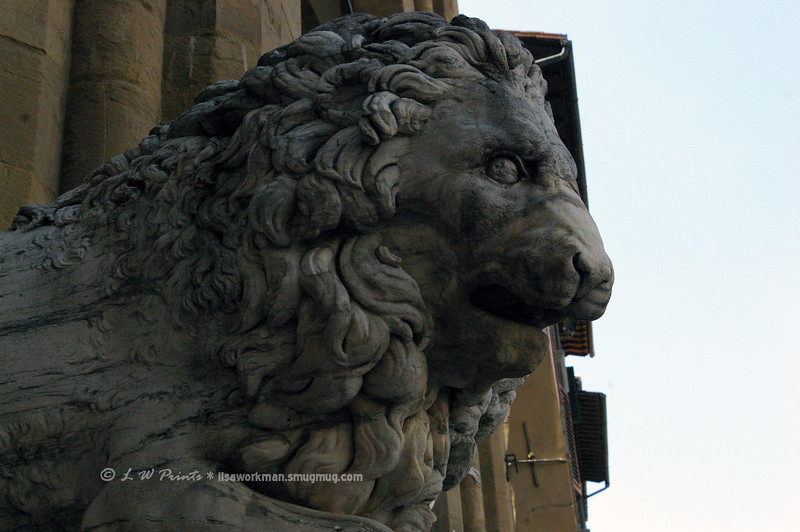
 RSS Feed
RSS Feed